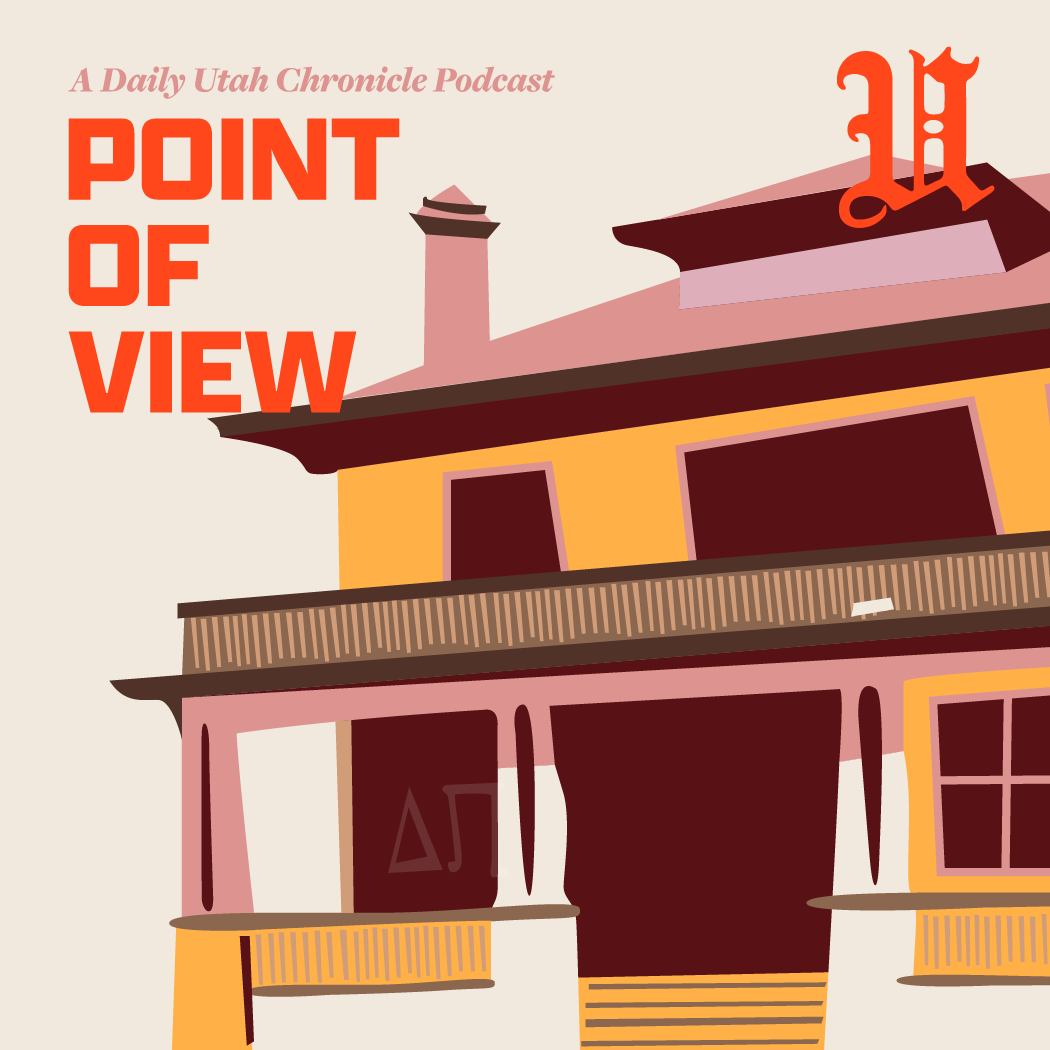Within the walls of the Cowles Building, three prospective U students are looking to shatter records in competitive Rubik’s Cube solving, also known as “cubing.”
The Skyline High School juniors, Michael Young, Edward Liu and Neil Xia, each spend six to seven hours a week practicing to lower the time it takes them to solve a Rubik’s Cube.
The three students participate in the U’s weekly Math Circle, a program sponsored by the mathematics department for community math aficionados. The three are averaging roughly 15 seconds to solve the mechanical puzzle that most students have never solved once.
Young, the ringleader of the group, described how solving a Rubik’s Cube really isn’t as impossible as most students would think.
“They view it as stickers and they’re solving it for stickers, but each cube has multiple pieces. Once they understand they’re shifting cubes, not stickers, it gets pretty easy,” Young said, pointing out that once he figured that out, it only took him about 15 minutes to solve a Rubik’s Cube for the first time.
Young said his first exposure to the puzzle, originally known as the “Magic Cube” before being renamed to its current title in 1980, came at a summer camp.
“I went to this really, really nerdy boarding camp in the summer and for one of the classes I had to get a Rubik’s Cube,” Young said. “From there I moved on to speedcubing freshman year, back in 2006.”
While Young is one of the more talented students to speedcube, he isn’t the fastest hand in the West. Among the three juniors, that title falls on Liu, the only student who has broken the 15-second barrier.
“It really doesn’t take that long to get fast. Once you understand the basic color style, it just takes a little practice,” Liu said.
But practice makes perfect. Liu said he only has time to solve the cube about 10 times a day on school nights, and about 50 to 60 times on the weekend.
Young, who often practices more, said, “I get tired of it after doing about 200 cubes in a day.”
Young said the three students use the speedcubing method that was developed by Binghamton University professor Jessica Fridrich. The method is a layer-by-layer method where a “cross” is made on the first layer of the centerpiece and four edges. After the first layer corners are solved and the edges of the second layer are solved, the three students have to use one of about 21 memorized algorithms, or step-by-step moves, to finish the cube.
The Fridrich method was the prototype for most modern methods of speedcubing, helping Dutchman Erik Akkersdijk set a world record of 7.08 seconds.
There are many competitions for the Rubik’s Cube, beyond just solving it as fast as possible. These competitions include solving the cube one-handed, solving the cube with a blindfold on after memorizing the layout and solving the cube in as few moves possible.
Xia joked about his goals in cubing, saying his favorite method was one-handed, so he could do homework while he practices.
 Erik Daenitz
Erik DaenitzJunior from Skyline High, Michael Young, practices cubing six to seven hours a week to lower his time to solve the Rubik?s cube. Young said solving the cube is as simple as memorization a few algorithms and lots of practice.















